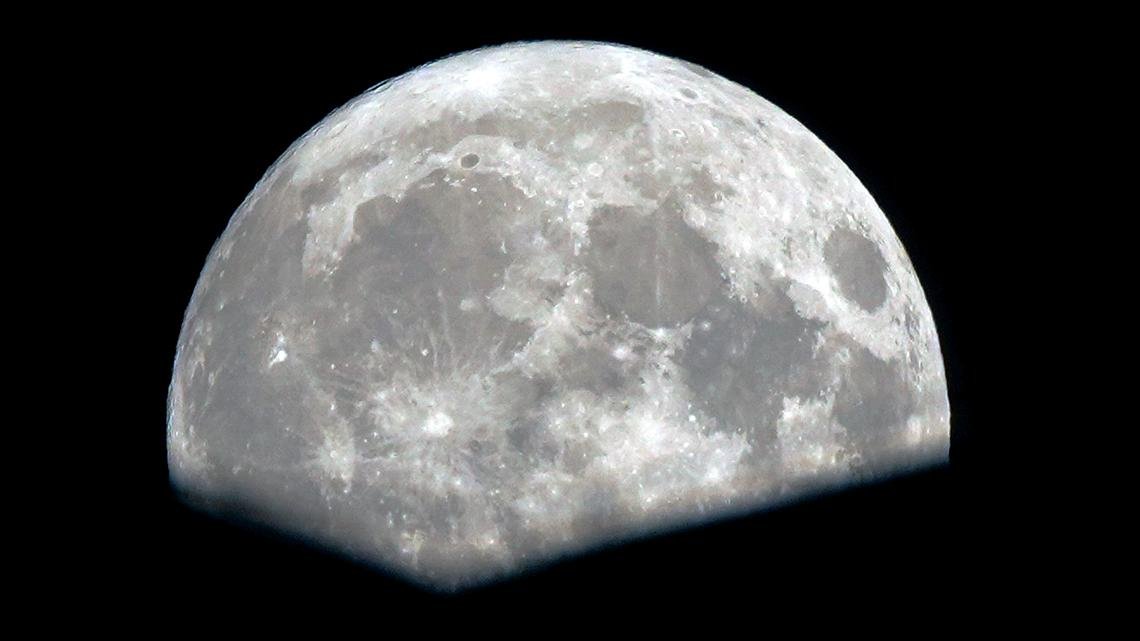aerospace
Does a Blue Supermoon Really Transform the Moon into a Blue Wonder?

Stargazers should prepare for a celestial event that won’t reoccur for over a decade. The first supermoon of 2024, which also happens to be a blue moon, will grace the night sky starting Monday night, continuing to shine bright through Wednesday morning.
While the term “blue moon” may suggest a change in color, it’s simply a designation for the second full moon occurring within a single month. The moon’s 28-day cycle occasionally overlaps with the traditional 30 or 31-day months, leading to this phenomenon. Historical eruptions have occasionally tinted the moon blue, but this upcoming event will not feature any such hues.
The modern definition of a blue moon, popularized in 1946 by Sky & Telescope magazine, contrasts with an earlier definition that referred to the third full moon in a season containing four full moons.
A supermoon occurs when the full moon aligns with its closest approach to Earth, resulting in a moon that appears particularly bright, though not physically larger. Typically, these events occur three to four times a year, associated with the elliptical shape of the moon’s orbit.
Dr. Petro notes that while the difference in size is hardly perceptible to the naked eye, the brightness can be significantly more pronounced. “It’s challenging to notice unless you have seen many full moons or have a way to compare them side by side,” he remarked.
The simultaneous occurrence of a supermoon and a blue moon is a rarity, with NASA estimating that it happens only once every 10 to 20 years. Blue moons appear every couple of years while supermoons are more frequent. The next occurrence of both events will not be until January 2037.
The blue supermoon will reach its peak at 2:26 p.m. Eastern Time on Monday, Aug. 19. If you want to witness this astronomical event, looking up tonight could offer a breathtaking experience.


















